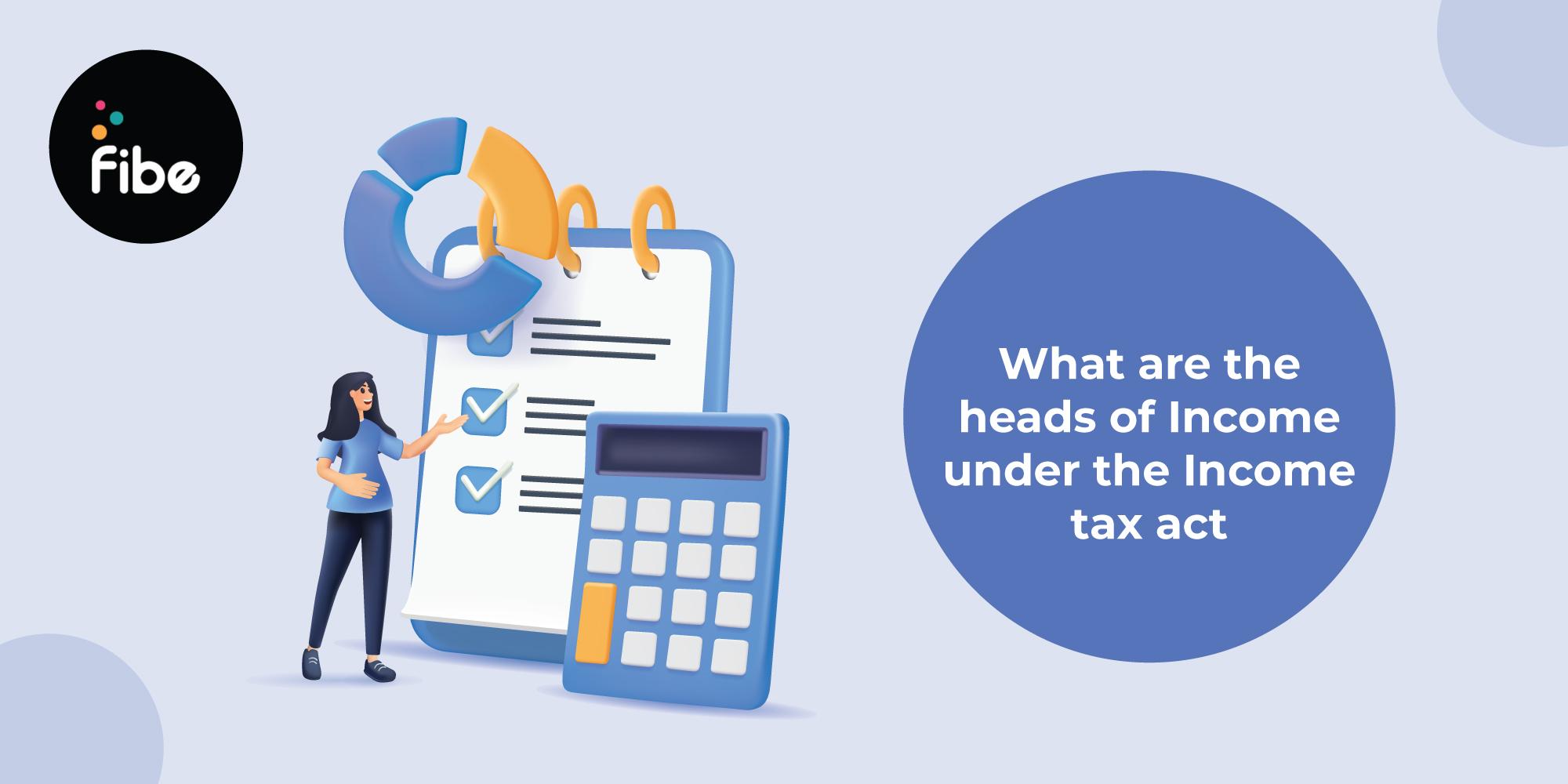
As per the Income Tax Act, your income gets categorised into different heads, no matter the amount you earn. But ‘how many heads of income are there?’ is the question here.
The IT Act clearly outlines five heads of income, which classify earnings based on their sources.
All citizens liable to pay tax must abide by the rules of taxation based on their income categorisation. Given this, knowing the different heads of income under the IT Act is crucial. It helps ensure that you file taxes correctly. Read on for insights into these heads and to understand what they entail.
Here is an explanation of all heads of income for your understanding.
The salary head of income tax is one of the 5 heads, which is income received as a contractual agreement between you and your employer. As per the agreement, you will receive a certain amount of remuneration for your services. The gross income includes the following components:
This total amount is taxable under the tax head on income from salary. Under this tax head, you can claim the following tax deductions.
Also Read : How to pay income tax online
When an individual earns income for income from their property, it is taxable under the tax head of income from house property. Sections 22 to 27 of the IT Act, 1961 provide the required details on what classifies as property, computation and calculation of rental income.
However, this tax head has certain conditions. The taxpayer must own the property that must be used for residency purposes.
Any income generated from business or profession falls under this tax head, which includes:
If you earn income from the transfer or sale of a capital asset held as an investment, this is capital gain. An asset can be any asset class, such as stock, bonds, mutual funds, gold, and property, among others, held for 36 months or more.
They are further divided into short-term capital gains and long-term capital gains, having variable tax rates. To claim deductions, you can refer to sections 54, 54B, 54D, 54EC, 54ED, 54F, 54G, or 54GA of the Income Tax Act.
This is the last of the income tax heads, and it includes all the other types of income that are not mentioned in the other categories. Section 56 of the Income Tax Act outlines the specifics. This tax head income earnings from:
Also Read: Tax Free Income in India
This list isn’t exhaustive, and other sources fall under this income head.
Knowing how many heads of income are there under the Income Tax Act of 1961 is important information for tax planning. It helps calculate your tax liabilities accurately and avoid mistakes when claiming deductions. Thankfully, you can rely on a digital calculator to estimate your tax outgo with ease.
Digital solutions like these simplify complex financial processes greatly. This is also true when you need funds, as you can get an Instant Personal Loan online from Fibe. Here, you can get up to ₹5 lakhs for all your financial requirements, all through a completely digital process.
You get a competitive interest rate, flexible tenure of up to 36 months, and a simplified application process, which makes it easy to get. You also enjoy swift disbursal in two minutes, making it a viable option even in an emergency. Download our Loan App on your smartphone, or simply visit our website to get started.
There are five heads of income under the Income Tax Act of 1961:
The heads are classifications of earnings or gains of an individual within a year, such as:
On the other hand, sources of income are monetary sources that differ for an individual or business. Thus, salary, commission, interest, etc., can be a source of income for an individual. However, profits, return on Investments, and grants from the government are examples of a source of income for a business.
Commission or brokerage is the sum of an individual or agent receiver when acting on behalf of another individual or entity. Simply put, it’s part of the payment for non-professional services or the sale or purchase of any goods.
Yes. A deduction is claimed on any other expense incurred to earn Income from other sources that has been only spent for gaining income in previous financial year.
As per the classification, a total of 5 heads of income are there. This includes salary head, house property, capital gains, gains from business, and other gains.
Yes, if you receive any gift in a financial year, it will be included in your income from other source heads. However, the inclusion has a limit of ₹50,000.